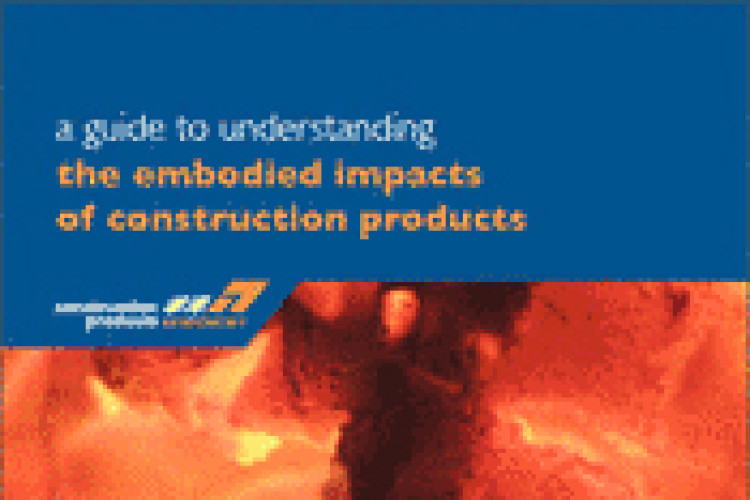A Guide to Understanding the Embodied Impacts of Construction Products outlines a consistent and established way for measuring embodied impacts and is designed to help in the delivery of more sustainable buildings with less environmental impact.
“The quest for a more sustainable and low carbon built environment has meant that the demand for information by designers and contractors on the embodied environmental impacts of construction products has grown dramatically in recent years and will become an increasingly important dimension of construction in the future,” said CPA sustainability policy advisor and co-author of the guide.
She added: “This report explains that within the construction product sector the measurement of environmental impact is not a new activity and there exist well established processes and standards across Europe for assessing the embodied environmental impacts of products, including embodied carbon. These methodologies and European standards set a very clear framework by which environmental impacts of products can be reported in a robust, consistent and transparent way. Furthermore European regulations on sustainable construction will require that the European standards of measurement will be used and not national or proprietal, private sector methods.

“The Association urges that attention now be focused on linking this robust embodied impact data with the operational data of buildings, such as energy usage, to develop the impact of a building over its whole life. Only then will a better understanding emerge of the trade-off between embodied and operational impacts. Against this background, the Association wants to see the innovative solutions emanating from the industry authoritatively assessed by the established methods in future procurement frameworks and key decisions made on the basis of this. The association believes that unless and until procurers attach value to lower whole life impact materials and buildings, those manufacturers who have invested in lower impact products (which may have higher first cost) will struggle against higher impact products.”
CPA industry affairs director John Tebbit added: “We hope that government and other major procurers will read and take action based on this report. We need to reward innovation in more sustainable products and solutions, and provide increasing commercial opportunities in this country and abroad for those companies that respond to this challenge. The best way to do this is for procurers to buy these more sustainable products. While we are not proposing regulation in this area, if there were to be any then this report sets out the framework within which any regulation would have to be framed.”
The guide is available electronically and can be downloaded from the CPA website. A shorter summary document is also available on the website and in hard copy format.
Got a story? Email news@theconstructionindex.co.uk



